Got chipped wood veneer furniture on your hands? 3 easy ways to restore it to its former glory
This is the expert guide to repairing chipped wood veneer furniture
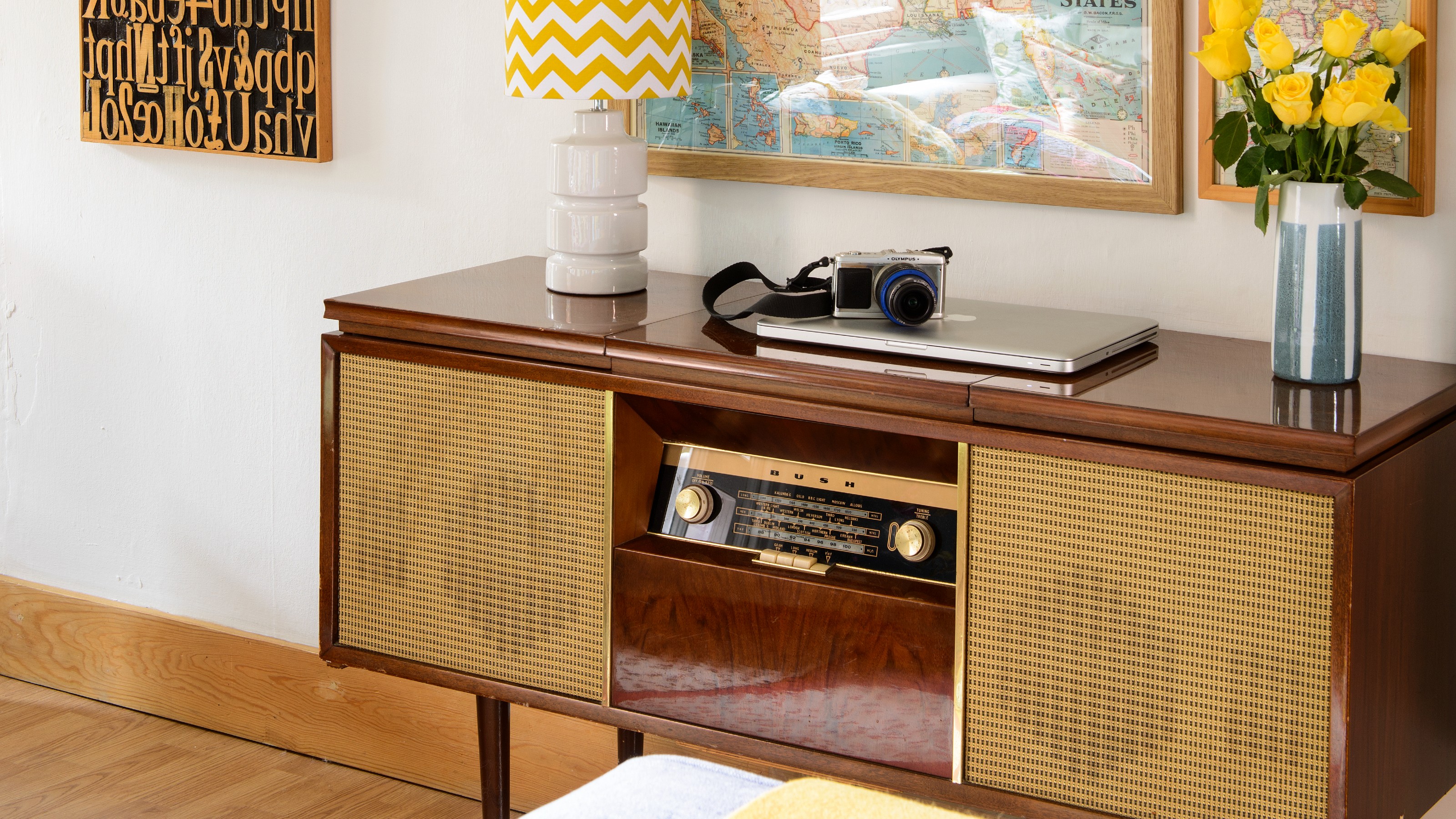

Wood veneer is a good-looking yet more affordable alternative to solid wood. And while it looks lovely with its polished, elegant finish, the material does have a tendency to chip sometimes, especially if not cared for properly, or if the furniture is being moved or it is quite old. As wood veneer is part of many mid-century modern living room ideas. So knowing how to repair chipped wood veneer furniture can certainly come in handy.
But as it turns out it’s quite an easy DIY project. Which is a melody to this writer’s ears as I am currently sitting on a desk chair with little chips along the edges. It is a sleek, second-hand bargain, which came in a slightly worse state than initially anticipated.
But we move. So let’s grab our tools (once we find out what they are) and get to fixing our wood veneer furniture to make it look like new. All with the help of our experts and their DIY ideas and tips.
How to repair chipped wood veneer furniture

‘Wooden furniture with veneer surfaces can add a touch of elegance to any room, but over time, veneer can chip or become damaged,’ Malik Ahmed, DIY expert and director of Bolt World. ‘Thankfully, repairing chipped veneer is a manageable DIY project that can restore the beauty of your furniture.’ Well, that’s a relief.
But Charlie English, marketing director at Woods Furniture, adds that if the damage done is quite large, then it might be beyond your powers to rescue the piece. ‘Chipping in wooden veneer furniture can occur and while usually quite tough to repair due to surface texture or grain being hard to imitate, small, discreet chips can be fixed.’
So if your chips are not too sizeable, then follow one of the 3 methods below, whichever suits your situation best.
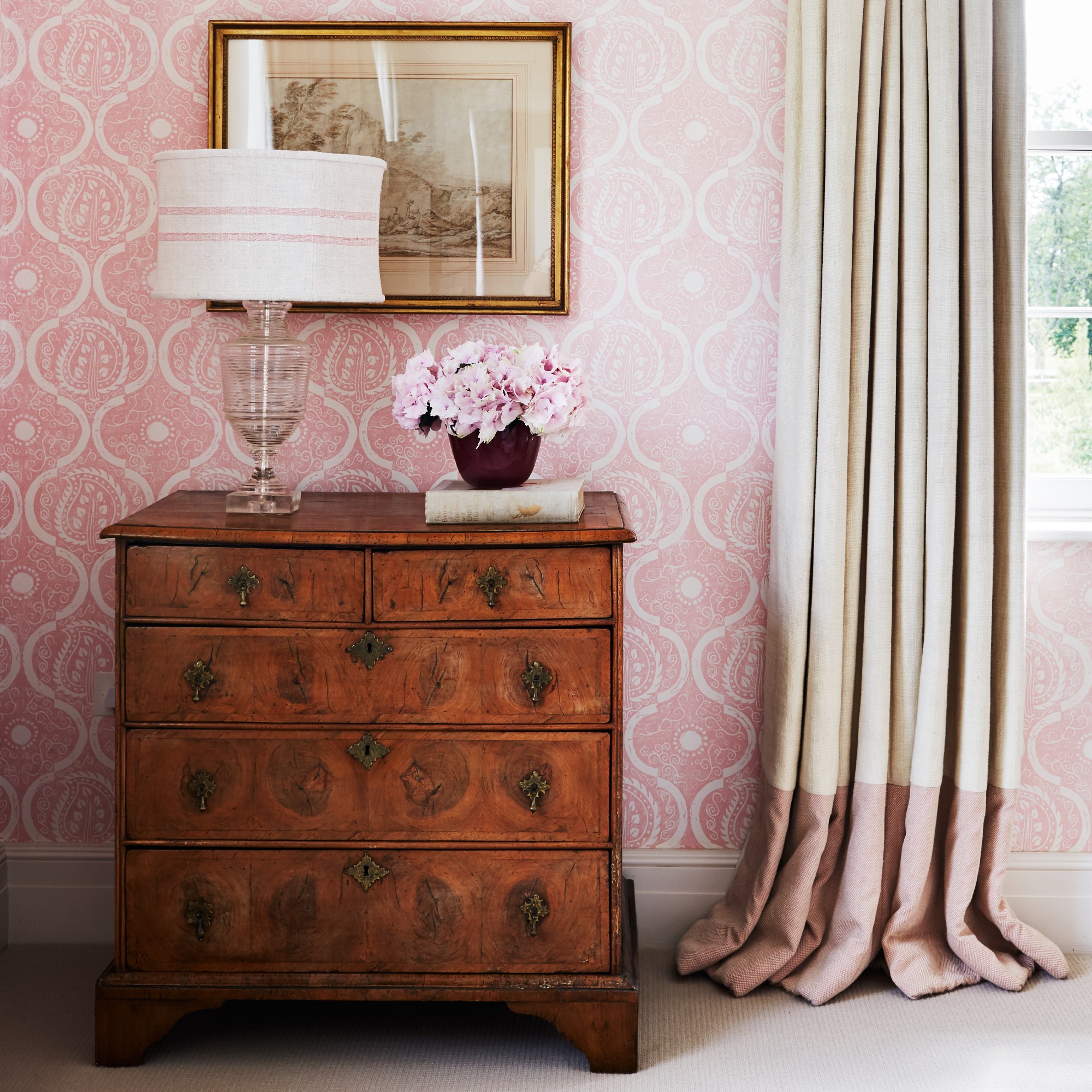
1. Glue and clamp
‘Begin by assessing the extent of the damage. If the chipped piece is still available, proceed with this method,’ Malik says.
Get the Ideal Home Newsletter
Sign up to our newsletter for style and decor inspiration, house makeovers, project advice and more.
What you’ll need
- Wood glue like this Gorilla Wood Glue at Amazon
- Clamps or heavy objects like these WORKPRO 6-Inch/150mm Ratchet Bar Clamp Set at Amazon
This method is very simple, it’s upcycling for beginners really. Start by cleaning the chipped area to remove any dirt or debris. Then apply wood glue to the back of the chipped piece of veneer. Then put it back in its place and use either clamps or heavy objects to hold it in place. When the glue dries off, use a damp cloth to get rid of any excess.
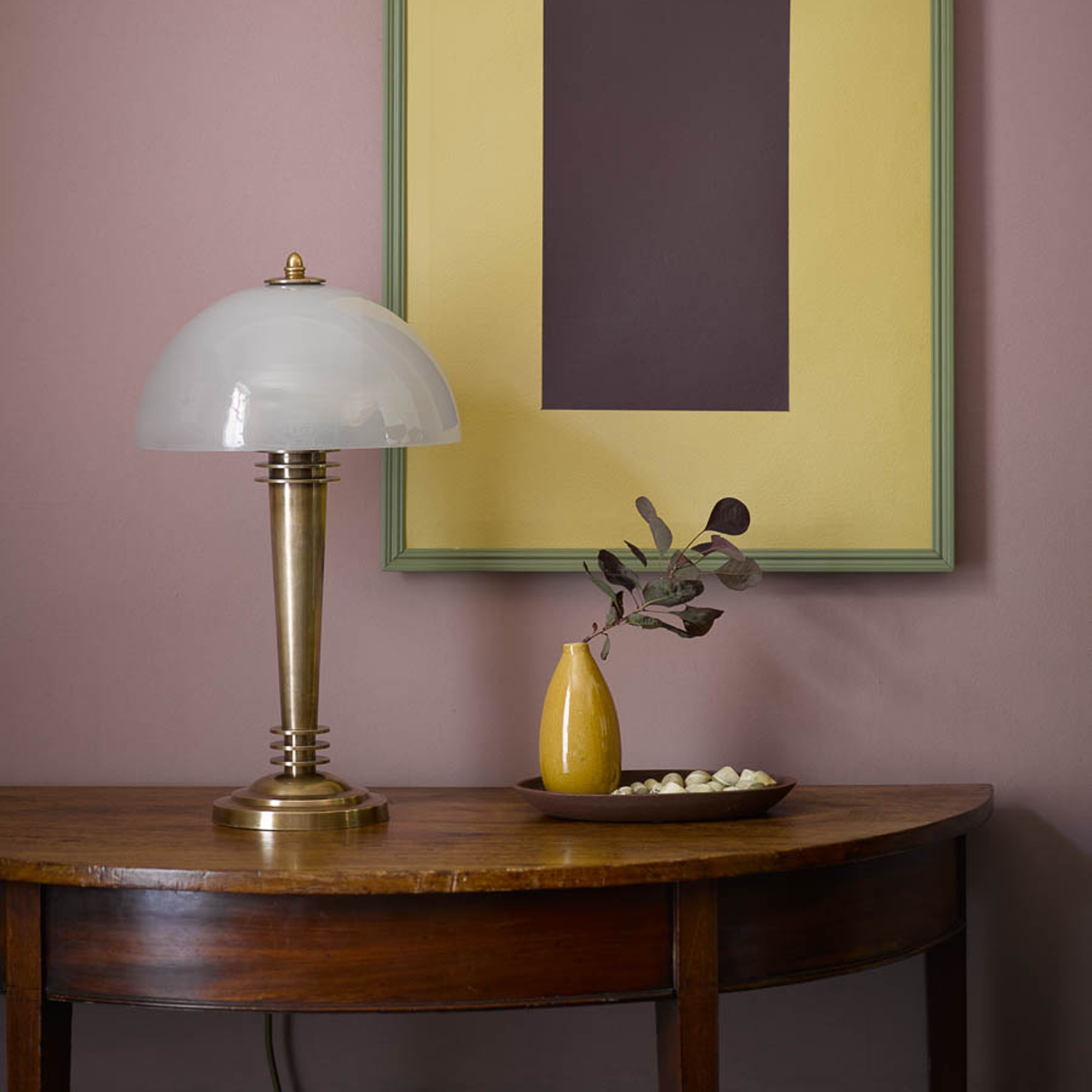
2. Wood filler
This method that I’ll certainly be having a go at as my chips, despite being plentiful, are on the smaller side.
What you’ll need
- Wood filler like this Everbuild Multi-Purpose Wood Filler at Amazon
- Fine-grit sandpaper, ideally 220-grit like this Fandeli Wood Sanding Paper 220 Grit at Amazon
- Pointing trowel like this Toolty Tuck Pointer Trowel at Amazon
- Gel stain to match the rest of the veneer
‘Firstly, for the best results I would recommend prepping the damaged area by sanding with a 220-grit sandpaper which is nice and fine,’ Charlie says. ‘This step will remove any splinters and help to make the wood filler stick well.’
Rhiannon Moore at Toolstation continues, ‘Cover the exposed area with an even layer of wood filler using a pointing trowel or similar to evenly spread it.’
‘Build on this until the filler is slightly raised from the rest of the surface,’ Charlie adds. ‘Note that most fillers dry hard very quickly so you only have about five minutes to work with it before it hardens.’
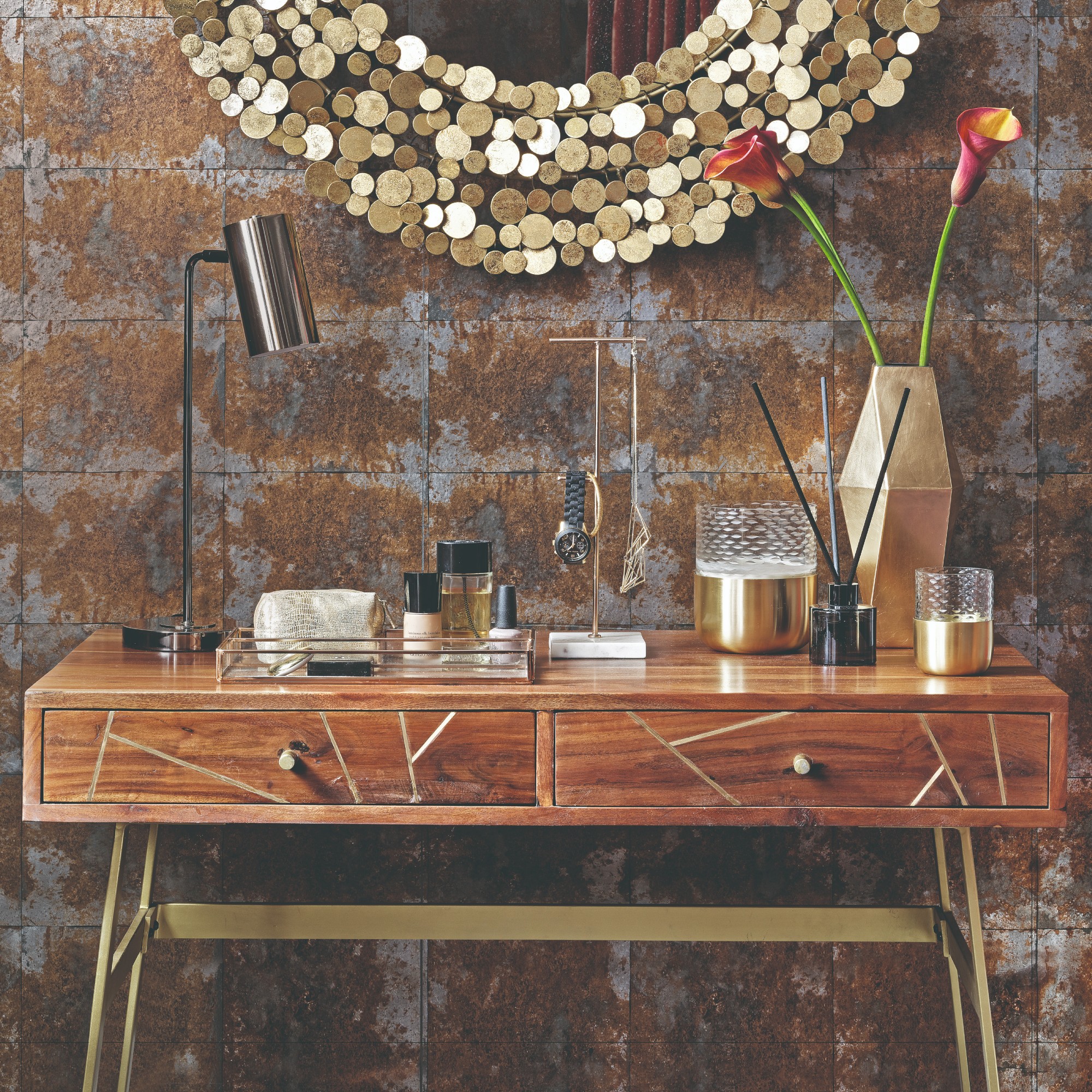
Then after about 30 minutes, it’s time to sand the layer down so that it’s smooth and even with the rest of the veneer. Finally, to match with the surrounding area, you will need to use a stain.
‘It’s important to use a gel stain instead of a regular wood stain, this is because gel stain is thicker and formulated to sit on top of existing surfaces rather than soak into the wood. Be as precise as possible and try different techniques to imitate your overall wooden veneer surface,’ Charlie advises.
You might need to apply two coats to get the desired colour.
3. Veneer patch

This is the most complex of the methods and suitable for slightly bigger chips. It’s also a more advanced upcycled furniture idea as you’re replacing the previous piece of veneer with a brand new one.
What you’ll need
- Veneer patches - you will need to find a new piece of veneer that best matches your existing one in the wood grain
- Wood glue
- Utility knife like this STANLEY Instantchange Retractable Blade Heavy Duty Utility Knife at Amazon
- Fine sandpaper
- Stain
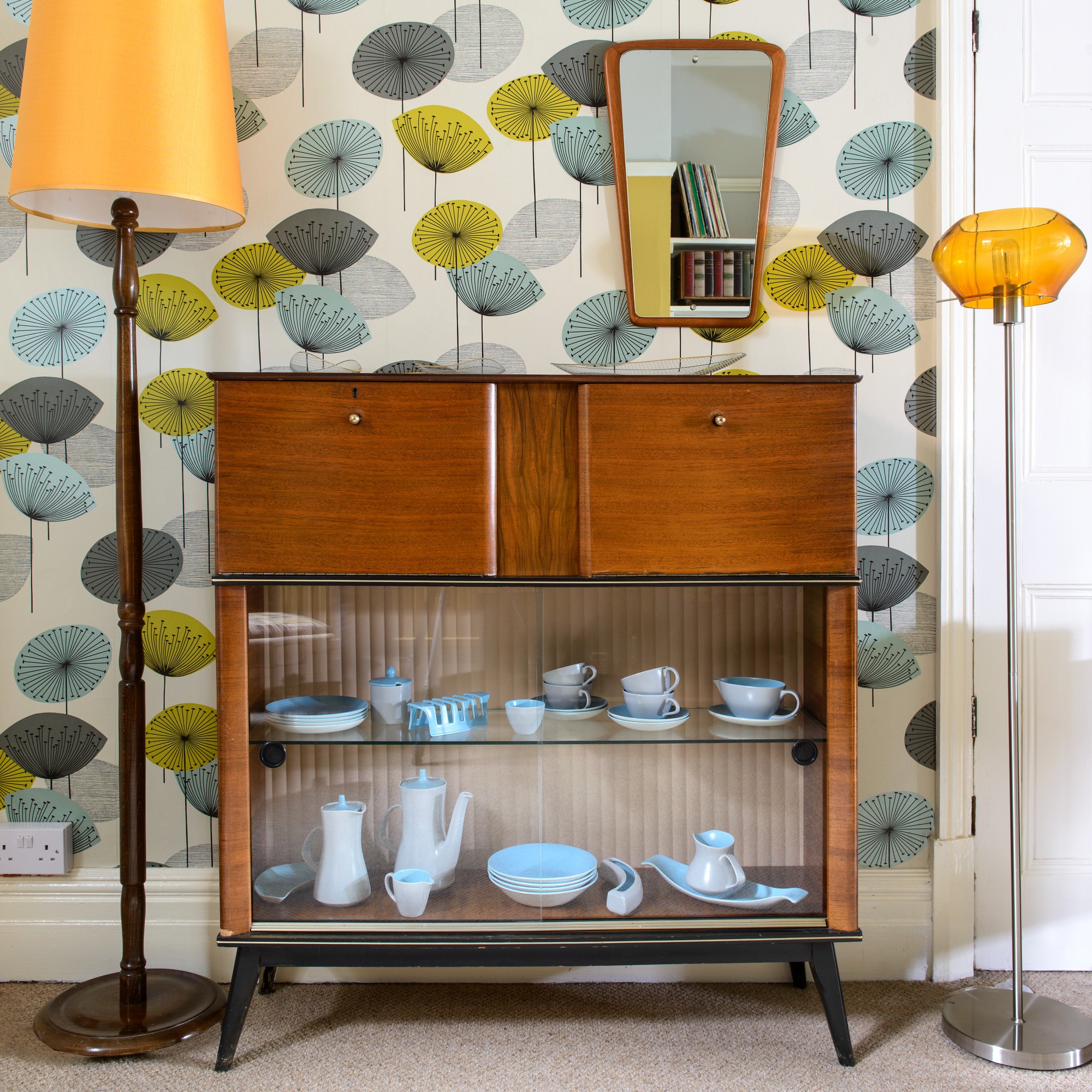
Start by cutting the area around your chip to an angular shape so that it is easier to fill with the patch. Then cut your new veneer into a matching shape. Apply wood glue to the back of the veneer patch. And the rest of the process is exactly the same as the first method.
‘Finish and stain the repaired area to match the rest of the furniture. Apply the finish evenly with a paintbrush or sponge,’ Malik says.
Can wood veneer be repaired?
Damaged veneer can certainly be saved and repaired. But whether you can do it yourself or should seek out a professional depends on the extent of the damage inflicted upon the piece of furniture. Small chips, as discussed in this piece, can be quite easily fixed by yourself with a little DIY knowledge.
How do you repair lifting wood veneer?
If your veneer is lifting rather than being chipped, then the best way forward is to glue it back on with wood glue.
'Use a blade to lift up the peeling veneer but not high enough to break it further or cause more peeling,' Rhiannon says. 'Generously apply an even layer of quality wood glue to the underside of the veneer. Use a toothpick to spread it across the entire surface.'
'Press the veneer firmly back down using your fingers. Wipe away the excess glue that comes out from the sides. Clamp down with some weight and then leave the glue to dry.'
This has restored some hope at least in me regarding my chipped office chair. I’ll keep you posted on how the project goes.

Sara Hesikova has been a Content Editor at Ideal Home since June 2024, starting at the title as a News Writer in July 2023. She is now also the Ideal Home Certified Expert in Training on Furniture, and so far has tested 80 different sofas.
Graduating from London College of Fashion with a bachelor’s degree in fashion journalism in 2016, she got her start in niche fashion and lifestyle magazines like Glass and Alvar as a writer and editor before making the leap into interiors, working with the likes of 91 Magazine and copywriting for luxury bed linen brand Yves Delorme among others.
-
 Wood drenching is the calming new twist on the colour drenching trend – here’s how to make the look work in your home
Wood drenching is the calming new twist on the colour drenching trend – here’s how to make the look work in your homeIt’s easier than ever to embrace natural materials
By Maddie Balcombe
-
 Aldi is launching a £200 day bed with four different features - its sleek design is suited to the whole family
Aldi is launching a £200 day bed with four different features - its sleek design is suited to the whole familyYou don't want to miss out on this Specialbuy
By Kezia Reynolds
-
 How to set up a drip watering system that saves water and a lot of effort
How to set up a drip watering system that saves water and a lot of effortKeep your plants hydrated (and your water bill down) with this clever garden watering solution
By Natalie Osborn